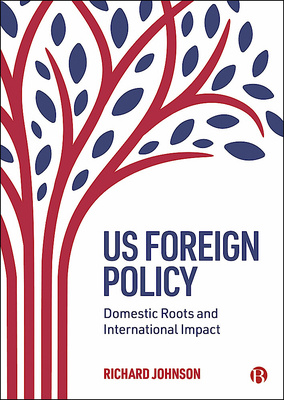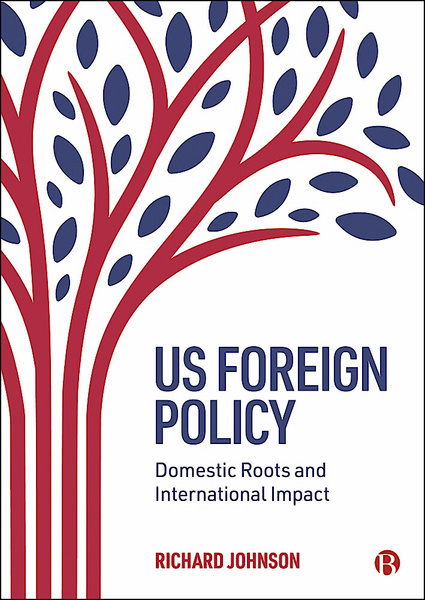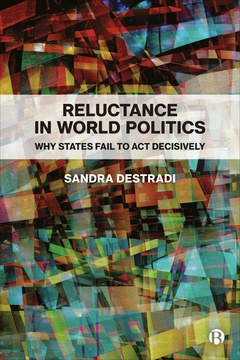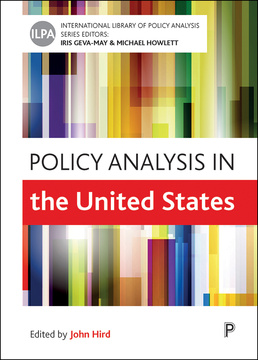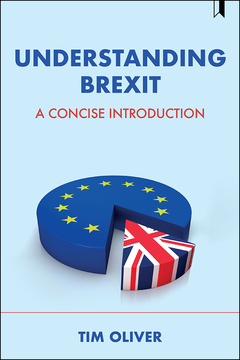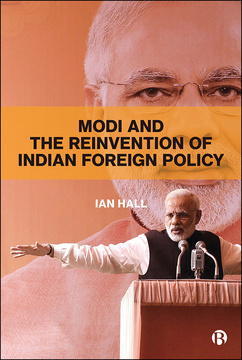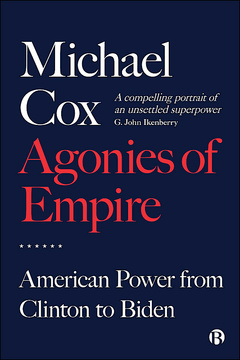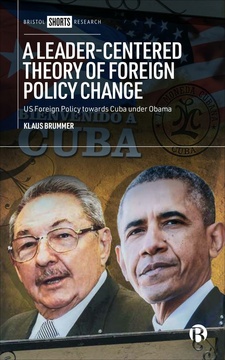Published
Jun 29, 2021Page count
288 pagesISBN
978-1529215366Dimensions
234 x 156 mmImprint
Bristol University PressPublished
Jun 29, 2021Page count
288 pagesISBN
978-1529215359Dimensions
234 x 156 mmImprint
Bristol University PressPublished
Jun 29, 2021Page count
288 pagesISBN
978-1529215373Dimensions
234 x 156 mmImprint
Bristol University PressPublished
Jun 29, 2021Page count
288 pagesISBN
978-1529215373Dimensions
234 x 156 mmImprint
Bristol University PressIn the media
On our blog: What does Biden mean by ‘America is back’?
Paying close attention to its domestic roots, this textbook provides a valuable introduction to the construction and application of US foreign policy in the modern era. Accessibly written and including helpful illustrative material, a glossary and guide to further reading, it is organised around four broad themes:
• the ideologies of US foreign policy;
• the institutions of US foreign policy making;
• the actors who influence and shape the content of US foreign policy;
• the policy goals and ideas that motivate US foreign policy.
Drawing from analyses of the broader history of US foreign policy throughout the post-Second World War period, the book encourages readers to think about how these ideas, institutions and goals have been at work in the foreign policy of recent presidential administrations, including those of George W. Bush, Barack Obama, Donald Trump and Joe Biden.
Richard Johnson is Lecturer in US Politics and Policy at Queen Mary, University of London.
Introduction
Part I: The Ideologies and Languages of US Foreign Policy
1. The Study of US Foreign Policy
2. The Ideology of American Exceptionalism
Part II: The Domestic Institutions of US Foreign Policy
3. The Executive Branch: The President, Defense and State
4. The Legislative Branch
Part III: The Politicians and Publics of US Foreign Policy
5. Public Opinion, the Media and Partisanship
6. Interest Groups, Religion and Money
7. Race, Diasporas and Ethnic Politics
Part IV: The Goals of US Foreign Policy
8. Realism: Order, Security and Prosperity
9. Idealism: Democracy Promotion and the Paradoxes of US Foreign Policy
Conclusion







